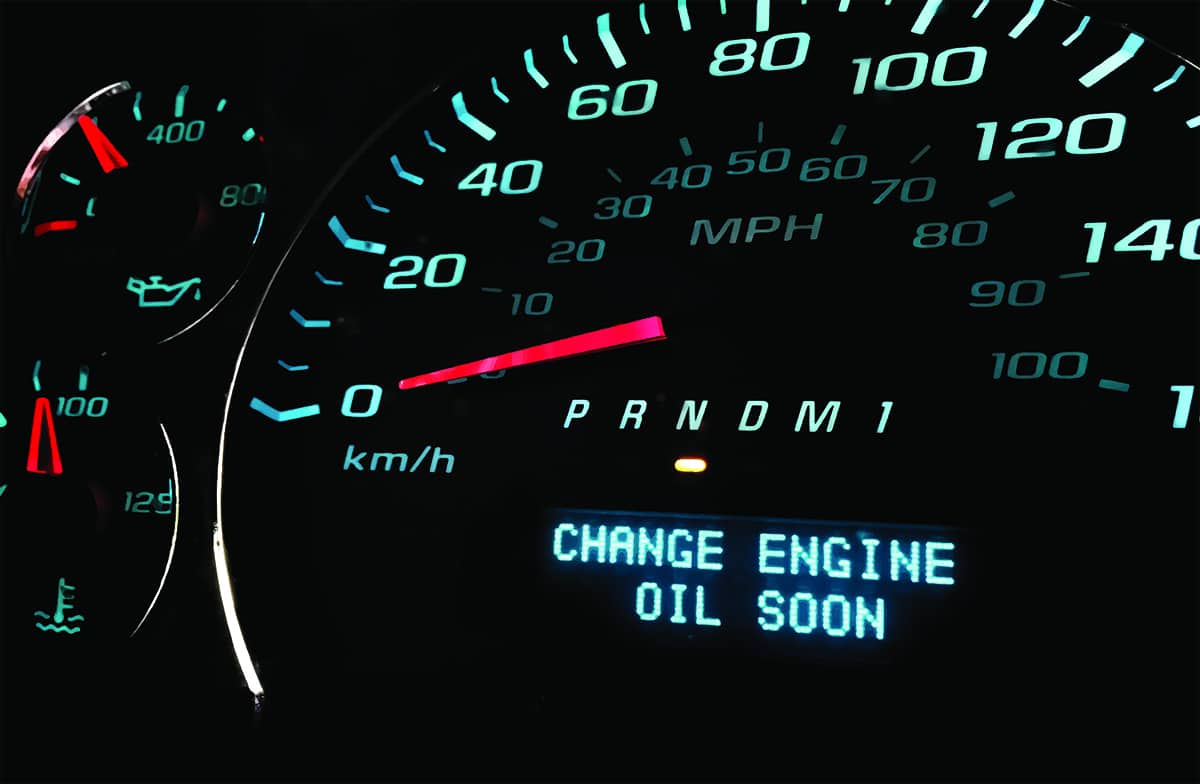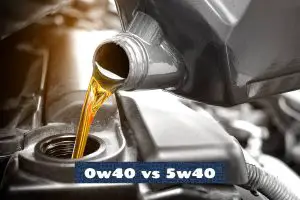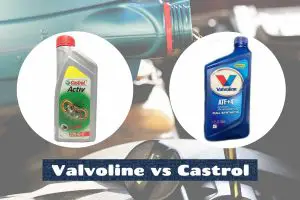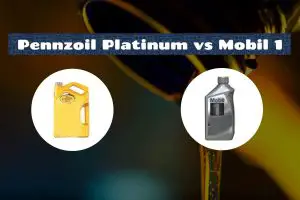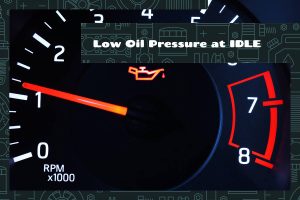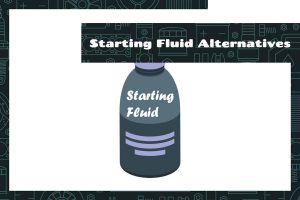The primary task of engine oil is to lubricate moving parts, of which there are many. It reduces friction, disperses heat, and prevents harmful substances from building up. However, as you drive, the oil breaks down and loses its efficiency, and when it doesn’t serve its purpose at all, that’s called 0 oil life.
0 oil life means the engine oil has reached its end of usability and no longer offers effective lubrication. That said, you may be able to drive an additional 100-200 miles before you absolutely change your car engine’s oil. Driving under these conditions can lead to engine wear, potential overheating, and decreased performance.
This guide will explain the basics of an oil life indicator, on which you read how much life your engine oil has left; and what can happen when you drive on 0 life.
What Does an Oil Life Indicator Do?
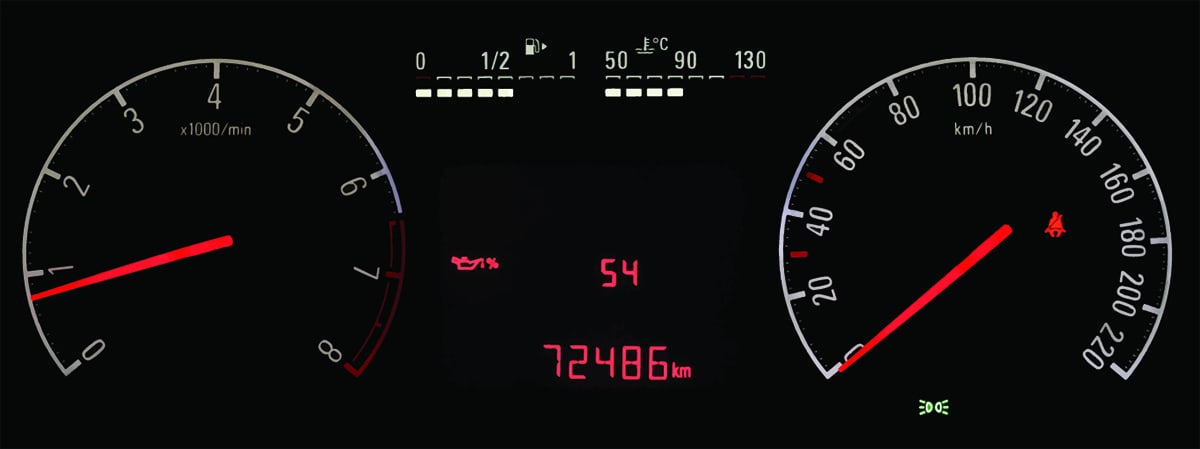
The Oil Life Indicator, often displayed as a percentage on your car’s dashboard, serves as an advanced warning system. It doesn’t measure oil level, but rather its quality. Using a combination of sensors and software algorithms, it assesses factors including:
- Driving Conditions: City driving, with its frequent stops and starts, can degrade oil faster than highway driving.
- Engine Load: Towing heavy objects or carrying heavy loads can increase engine strain and reduce oil lifespan.
- Temperature Fluctuations: Both external temperatures and engine operating temperatures impact oil viscosity and degradation.
As you drive, the percentage on the Oil Life Indicator decreases, which represents the declining quality of the engine oil.
What Is 0 Oil Life?
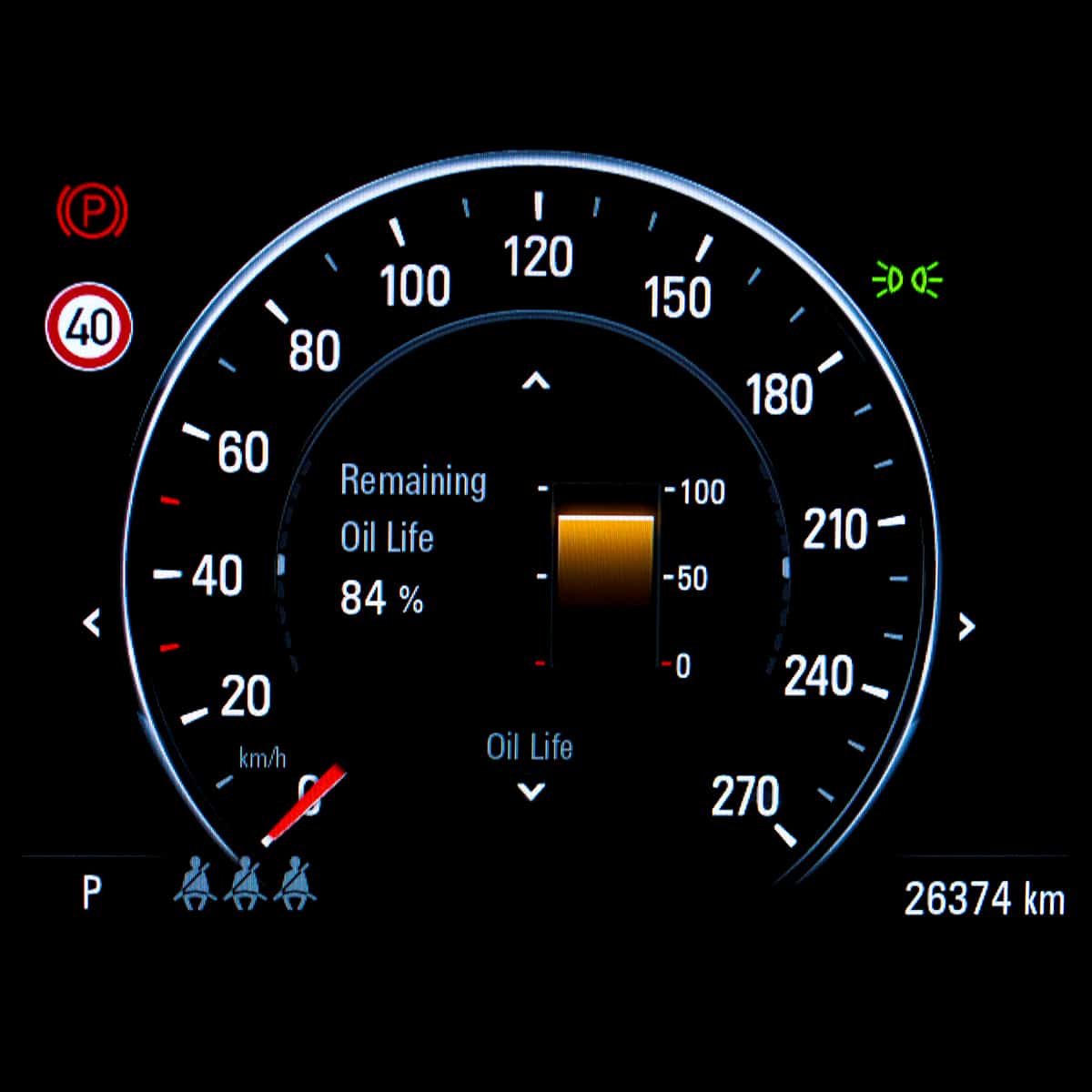
When you see an Oil Life percentage on your dashboard, it’s showcasing the quality of your engine oil. A 100% reading indicates freshly changed oil, whereas a declining percentage represents degrading oil quality. When it reaches 0%, the oil has lost most of its lubricating, cooling, and cleaning capabilities.
Several factors contribute to the decline in oil quality:
- Age of Oil: Over time, even the best engine oils break down. Frequent exposure to high temperatures and prolonged use causes degradation.
- Driving Habits: Constant short trips, especially in colder climates, can lead to water contamination in the oil. Aggressive driving or extended idling can accelerate oil breakdown.
- External Conditions: Dirt, dust, and even fuel can sometimes mix with engine oil, diluting its effectiveness.
Signs of 0 Oil Life
When the Oil Life Indicator on a vehicle’s dashboard reaches 0%, it’s a clear signal that the oil is past its prime. But even if you miss this digital hint, your car can give off several other signs that it’s running on spent oil.
1. Visual Inspection of the Oil
- Oil Color Change: Fresh engine oil usually has a golden or amber hue, while oil that’s closer to 0% life tends to be dark brown or black. Over time, as the oil collects particles and contaminants from the engine, it darkens.
- Consistency: Rub the oil between your fingers. If it feels gritty, that’s an indication of contaminants and possible wear metals in the oil.
- Oil Level: Although the level doesn’t directly relate to oil life, a consistently low level could indicate a leak or consumption issue which can, in turn, affect oil life.
2. Engine Noise and Performance
- Noise Increase: Engines running on worn-out oil might sound louder than usual. You might hear knocking, rumbling, or ticking sounds, especially during startups or low speeds. These noises occur because the engine components aren’t being properly lubricated.
- Performance Drop: A vehicle might experience a drop in power, sluggishness, or reduced fuel efficiency when running on old oil. Fresh oil allows the engine to operate smoothly, so any deviation from the norm might indicate degrading oil.
3. Dashboard Warning Lights
- Oil Pressure Light: This light, often depicted as an oil can, may illuminate. Low oil pressure often occurs when the oil is so degraded that it can’t properly lubricate the engine.
- Check Engine Light: While this light can come on for a multitude of reasons, one possible cause is poor oil quality or extremely low oil level, especially if it’s accompanied by some of the other signs mentioned.
4. Unusual Exhaust Smoke
If you notice thick white or blue-tinted smoke from the exhaust, it could mean that worn-out oil is failing to seal parts of the engine, allowing oil to leak into areas where it gets burned.
5. Oil Smell Inside the Car
- Burning Oil Smell: If you get a whiff of oil inside the car, it could mean that degraded oil is burning within the engine. This is a sign that the oil isn’t lubricating well and parts are getting too hot.
- Oil Leak Smell: An acrid smell, paired with visible oil spots under the parked car, could indicate that old, degraded oil is leaking from the engine.
How Far Can You Drive on 0 Oil Life?
This leads us to the ultimate question, which is: can you still drive on 0% oil life? The answer, surprisingly, is yes. You may be able to squeeze an additional 100-200 miles when your engine oil has reached critical levels. However, you should save your longer road trips for after you’ve changed your engine oil.
Dangers of Driving on 0 Oil Life

If, for some reason, you decide to continue driving on 0 oil life, here’s what you can expect happen to your car:
1. Increased Engine Wear
- Friction Surges: Metal components grinding against each other without proper lubrication can lead to rapid wear. Over time, this can cause components to warp or even break.
- Buildup Occurs: Old oil tends to have contaminants. These can settle and form sludge, further compromising lubrication and potentially blocking oil passages.
2. Risk of Engine Overheating
- Temperature Rise: As oil degrades, its ability to absorb and dissipate heat diminishes. This can result in elevated engine temperatures, which can harm internal components and seals.
- Potential for Seizure: In extreme cases, an overheating engine may seize up. This abrupt halt can be jarring and might necessitate extensive engine repairs.
3. Compromised Fuel Efficiency
- Harder Work: When moving parts aren’t lubricated adequately, the engine must exert more effort, consuming more fuel in the process.
- Drop in Mileage: This means more frequent visits to the gas station and a rise in fuel expenses for the driver.
4. Possible Engine Failure
With degraded oil, parts can wear out faster, leading to malfunctions. A chain reaction of failures can occur, culminating in an irreparable engine. Engine replacements or overhauls are costly, often overshadowing the value of older vehicles.
